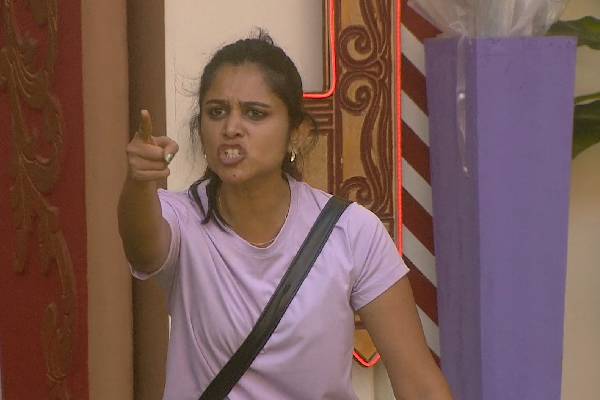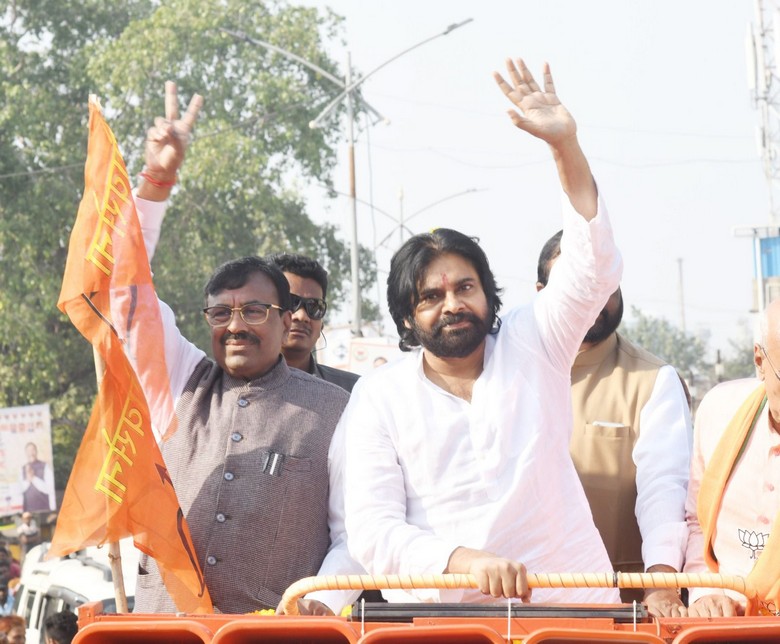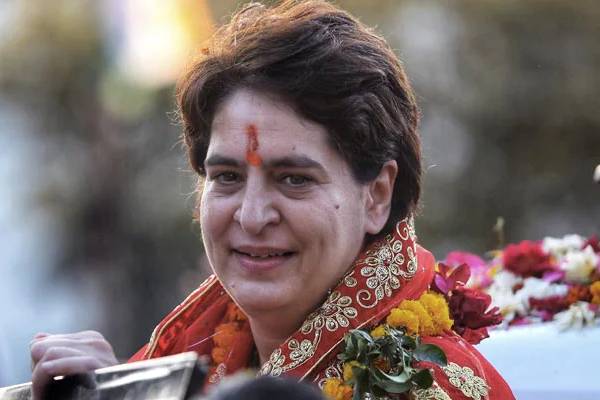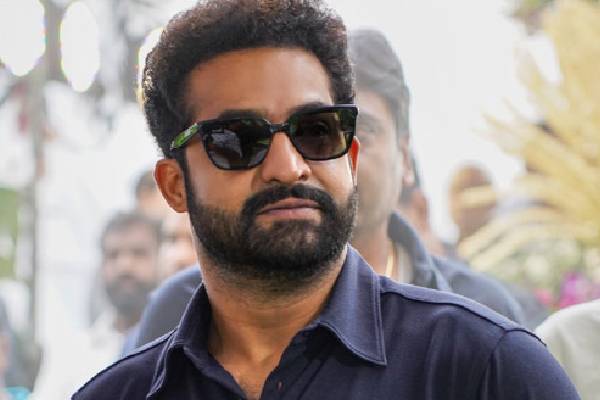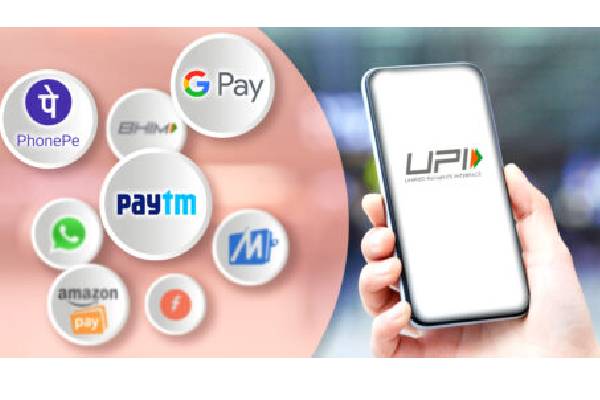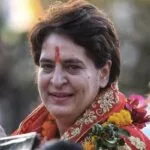Prime Minister Modi made a pitch for it and actively propagated the idea. Yet, there weren’t many takers. But, then Covid happened and Modi’s digital pitch is now gaining traction by each passing day. Modi rooted for digitization of monetary transactions. Thanks to Covid, digital money transfers are growing by leaps and bounds.
Latest government statistics reveal that the unified payment interface (UPI) or digital money transfers have gone up by 1200 times. During 2020-21, the total number of digital money transfers stands at 2233.1 crore. The total value of these transfers is Rs 45 lakh crore. Despite the government’s active promotion, digital money transfers did not become popular all these years. Now, thanks to Covid, the people are afraid of hard currency transfers and are opting for digital transfers.
Most interestingly, the UPI is being used more for small transactions involving street vendors, small traders and the retail market. This means the digital footprint is expanding. This is a heartening development, say government sources.
Digital transactions were introduced in 2016-17. The year recorded 1.8 crore transactions worth Rs 70000 crore. The next year actually saw a slump in digital transactions. There was some recovery by 2018-19 when the total number of transactions had gone up to 535 crore. Last year the number of transactions went up exponentially. The biggest gain is among the lowest strata in terms of economics.
Government sources feel that Covid was a godsend opportunity in promoting digital transactions. Fears that Covid could be contacted through currency notes as Indians in rural areas smear saliva while counting the notes, have prompted more and more people to go in for digital transactions.





















